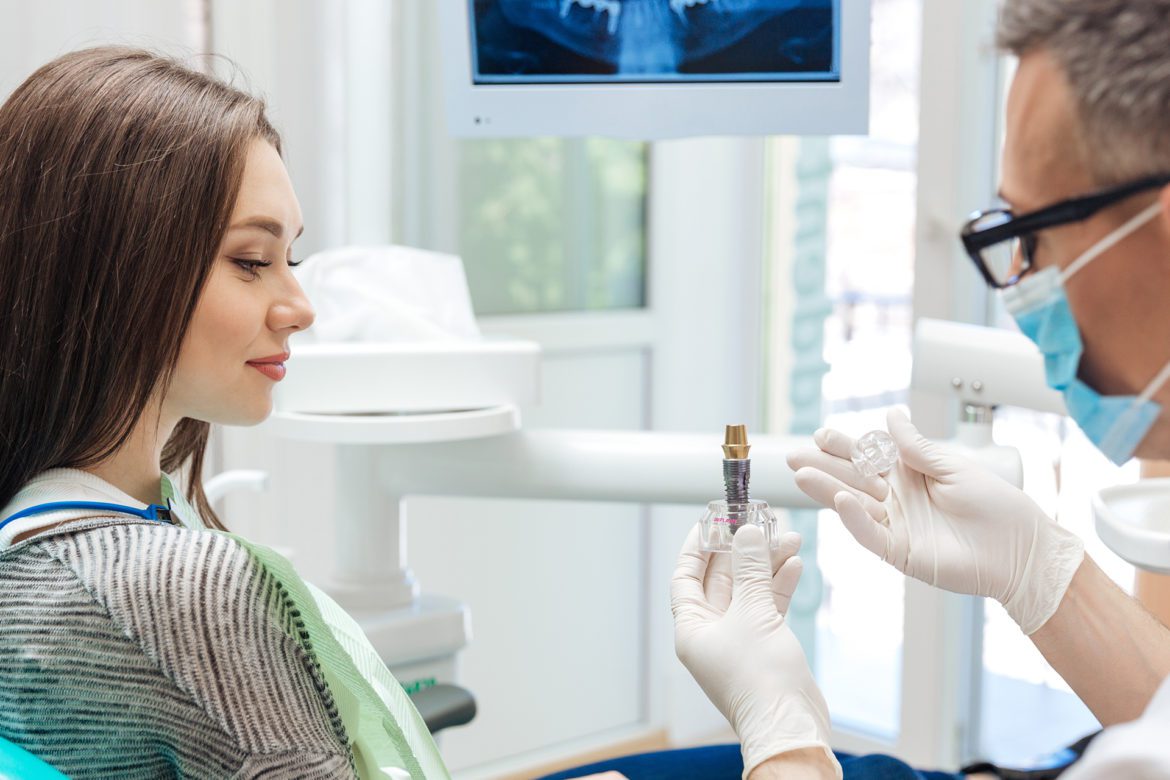Whether you’re new to dental assisting or a veteran of the profession, when your boss says, “I think we should do implants,” you may feel as in the dark as I did. It can be overwhelming to learn a new skill, especially one with so many different variables. I’d like to share some basics to help you help your practice with implant procedures.
Who and who is not a candidate?
Not everyone who wants an implant is eligible. There are several factors to consider when selecting the ideal implant patient. It should be someone with good overall health, good oral health, adequate bone levels to support the implant, and healthy gum tissue free of periodontal disease. The success rate for those who smoke or take certain medications is lower for various reasons. A patient’s health history will serve as a foundation for determining what treatment to do.
Parts and pieces
There are several parts and pieces. If you’re like me, you’ve assisted in restoring implants, so you know some of the working parts. When it comes to placing them, however, it’s a whole new world. The parts are crown restoration, a retaining screw, an abutment, and the implant.
When it comes to these working parts, being organized is key to having it all together—the parts, a surgical guide if you use one, models, a lab case pan, instructions, you name it. It’s like the kitchen sink and then some. Not all cases are like this, but to ensure you have what you need when you need it, it’s important to stay organized. I like to look at least five working days ahead to make sure that anything I need is ordered and will arrive on time. Frustrations can mount when you have a patient in the chair but not everything you need to proceed with treatment.
What do you need on surgery day?
The answer is: that depends. Every doctor is different. If you’ve worked with more than one dentist, you know what I mean. There are different implant systems, tray setups, and much more. My advice is to get everything together the first time and take a picture of it. This will help you learn not only the instruments, but where on the table they need to be placed. Work with your doctor to figure this out, but just know it will likely change. As your team evolves, so will your setup, so keep updating everything you do.
Glidewell has some helpful tips on procedure trays and setups at this link.
What’s in your water?
The answer is: all kinds of germs that want nothing more than to infect someone. Keep in mind placing an implant is surgery and keeping a sterile field is very important for implant success. The water in the lines in our office is not sterile; therefore, we use sterile saline to rinse and keep the area clean. Keep plenty of this on hand so you don’t run out.
It’s all about that bone
Are you doing a bone…

